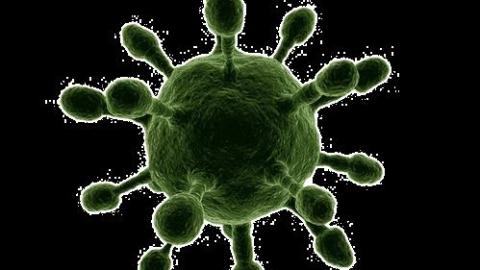Scientists Capture Images of Viruses at the Nanoscale

What’s the Latest Development?
Researchers at Virginia Tech have created a way to directly image biological structures, such as viruses, at nanometer-resolutions in their natural habitats. “The technique uses two silicon-nitride microchips with windows etched in their centers and pressing them together until only a 150-nanometer space between them remains.” Then researchers coat the microchip’s interior with biological tethers that naturally hold the viruses in place. “The ultimate goal is live electron-microscope imaging of molecular mechanisms, such as viral assembly pathways and viral entry into host cells.”
What’s the Big Idea?
Currently, scientists are testing the imaging technology with the rotavirus, which is the most common cause of severe diarrhea in infants and children, killing more than 450,000 per year. Importantly, the new technology allows the rotavirus to be imaged without killing it first. “The next step is to continue to develop the technique with an eye toward imaging biological structures dynamically in action. Specifically, the researchers are looking to understand how rotavirus assembles, so as to better know and develop tools to combat this particular enemy of children’s health.”
Photo credit: Shutterstock.com





